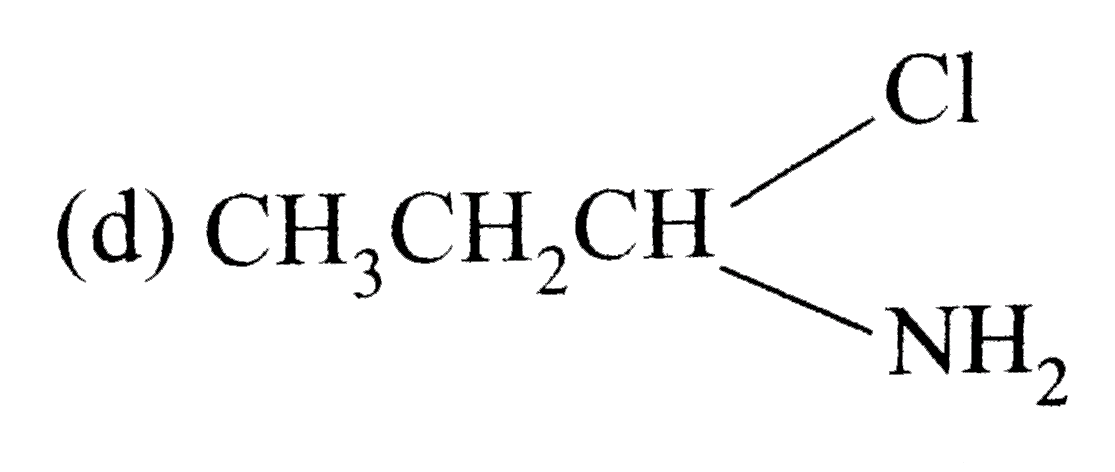CH2Cl−CHCl2
Video Solution
Text Solution
1,1,2-trichloroethane
|
Topper's Solved these Questions
- NOMENCLATUREBOOK - HIMANSHU PANDEYCHAPTER - NOMENCLATUREEXERCISE - Section Ii (Q.1 To Q.25)
25 Videos
- NOMENCLATUREBOOK - HIMANSHU PANDEYCHAPTER - NOMENCLATUREEXERCISE - Section Ii (Q.26 To Q.50)
25 Videos
- NOMENCLATUREBOOK - HIMANSHU PANDEYCHAPTER - NOMENCLATUREEXERCISE - Section I (Q.76 To Q.100)
25 Videos
- ISOMERISMBOOK - HIMANSHU PANDEYCHAPTER - ISOMERISMEXERCISE - Subjective Type Problems
11 Videos
- POLYMERSBOOK - HIMANSHU PANDEYCHAPTER - POLYMERSEXERCISE - Integer Answer Type Problems
8 Videos
Similar Questions
Knowledge Check
The conversion of ClCH=CH−Cl to Cl2CH−CHCl2 can be carried out with
ACl2BCl2/hvCCl2/AlCl3DCl2/aq.NaOHThe conversion of Cl−CH=CH−Cl to CHCl2−CHCl2 can be carried out with ,
AHCl(excess)BCl2/hvCCl2/CCl4DCl2/NaOHWhen CH2CH2CHCl2 is treated with NaNH2 the product formed is
ACH3CH=CH2BCH3−C≡CH2C D
D
The compound
 electrophilic substitution has occurred The substituent -E are methyl, −CH2Cl,−CCl3 and −CHCl2. The correct increasing order towards electrophilic substitution is
electrophilic substitution has occurred The substituent -E are methyl, −CH2Cl,−CCl3 and −CHCl2. The correct increasing order towards electrophilic substitution is
View SolutionWrite the structure of the major organic product expected from each of the following reactions:
CH3CH2CHCl2Boil−−→alkali
View SolutionWrite IUPAC names of the following compounds :
(a) CH3CH(Cl)CH(Br)CH3
(b) CHF2CBrClF
(c) ClCH2C≡CCH2Br
(d) (CCl3)3CCl
(e) CH3C(p−ClC6H4)2CH(Br)CH3
(f) (CH3)3CCH=C(Cl)C6H4I−p
(g) CH3CHCl(CH2)2CCl2C2H5
View SolutionWhen CH3CH2CHCl2 is treated with NaNH2 the product formed is:
View SolutionIUPAC name of
CH3−CHCl−CH2−CHO is
View Solution